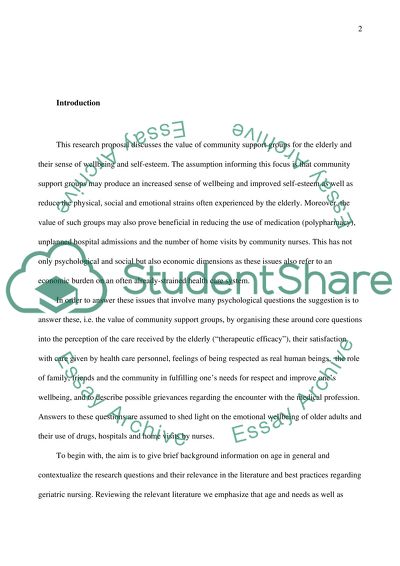Cite this document
(“Assignment Number Two Research Proposal Example | Topics and Well Written Essays - 2750 words”, n.d.)
Retrieved from https://studentshare.org/family-consumer-science/1420481-assignment-number-two-research-proposal
Retrieved from https://studentshare.org/family-consumer-science/1420481-assignment-number-two-research-proposal
(Assignment Number Two Research Proposal Example | Topics and Well Written Essays - 2750 Words)
https://studentshare.org/family-consumer-science/1420481-assignment-number-two-research-proposal.
https://studentshare.org/family-consumer-science/1420481-assignment-number-two-research-proposal.
“Assignment Number Two Research Proposal Example | Topics and Well Written Essays - 2750 Words”, n.d. https://studentshare.org/family-consumer-science/1420481-assignment-number-two-research-proposal.


